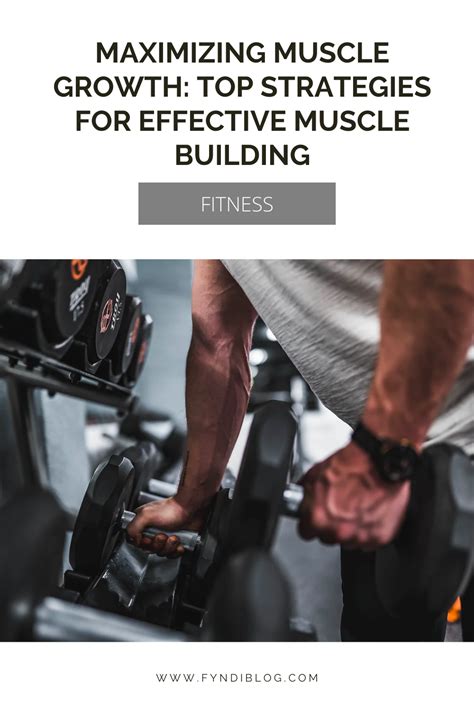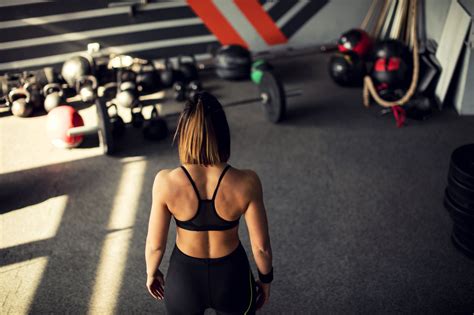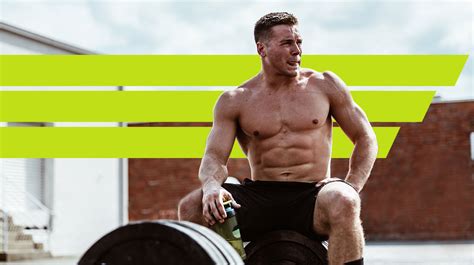Optimize functional strength: What exercises truly enhance real-world performance?

In the pursuit of fitness, many aspire to build strength. But what kind of strength truly matters outside the gym? Functional strength is the ability to perform real-world tasks efficiently, safely, and without pain. It’s about more than just lifting heavy weights; it’s about moving well, having robust stability, and generating power for the demands of daily life, work, and sport.
Understanding Functional Strength
Functional strength isn’t a bodybuilding contest; it’s a measure of how effectively your body’s systems work together. It encompasses balance, coordination, mobility, and stability, all integrated with muscular force. Instead of isolating individual muscles, functional training emphasizes movements that mimic the complex, multi-joint actions we perform every day – like bending, twisting, pushing, pulling, squatting, and carrying.
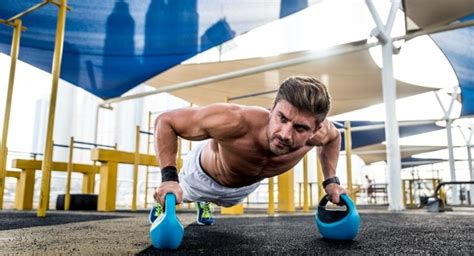
Core Principles of Effective Functional Training
To truly enhance real-world performance, exercises should adhere to several key principles:
- Multi-Joint Movements: Engaging multiple joints and muscle groups simultaneously (e.g., a squat uses hips, knees, and ankles).
- Multi-Planar Movements: Training in all three planes of motion (sagittal, frontal, and transverse) to reflect natural human movement.
- Core Integration: Every functional movement originates from a strong, stable core.
- Proprioception and Balance: Challenging the body’s awareness of its position in space and its ability to maintain equilibrium.
- Mimicking Real-Life Actions: Exercises should resemble the movements you make in your daily life or specific sports.
Top Exercises for Real-World Performance
1. Compound Lifts: Squats and Deadlifts
These are foundational. Squats mimic sitting down, standing up, or lifting objects from the ground. Deadlifts train you to lift heavy objects safely and powerfully, engaging your entire posterior chain and core. Both are crucial for overall strength and injury prevention.
2. Unilateral Movements: Lunges and Single-Leg RDLs
Life isn’t always symmetrical. Walking, running, climbing stairs – these are unilateral actions. Lunges (forward, reverse, lateral) and single-leg Romanian deadlifts improve balance, stability, and address strength imbalances between your left and right sides, preventing common injuries.
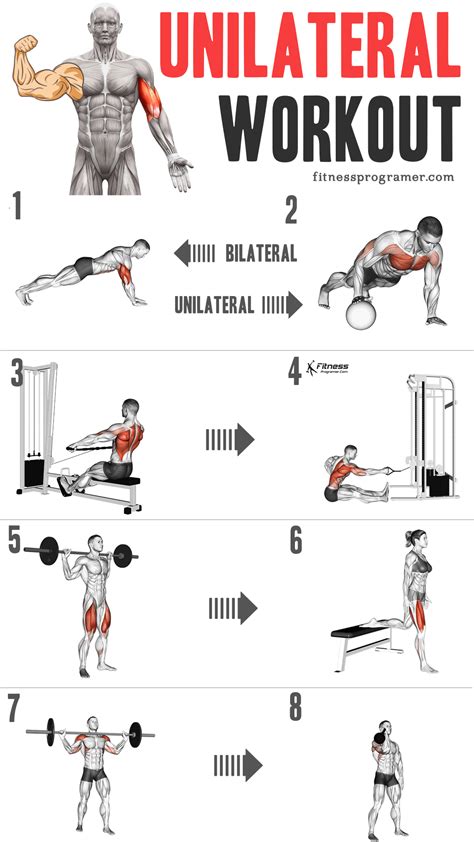
3. Carrying Exercises: Farmer’s Walks and Suitcase Carries
Think about carrying groceries, luggage, or a child. Farmer’s walks (carrying weights in both hands) and suitcase carries (carrying weight in one hand) build incredible grip strength, core stability, and upper body endurance while challenging your balance and posture under load.
4. Rotational and Anti-Rotational Movements: Cable Chops and Lifts
Many daily and athletic movements involve twisting or resisting twisting forces (e.g., throwing a ball, shoveling snow, turning your body). Exercises like cable chops, lifts, and Pallof presses train your core to generate or resist rotation, protecting your spine and improving power.

5. Explosive Movements: Box Jumps and Medicine Ball Throws
For athletic performance and everyday responsiveness, power is key. Box jumps build explosive leg strength and coordination, while medicine ball throws (slams, rotational throws) enhance upper body power and core rotation. These develop your fast-twitch muscle fibers.
6. Integrated Bodyweight and Stability Exercises: Turkish Get-ups and Planks
The Turkish Get-up is arguably the ultimate functional exercise, combining strength, mobility, stability, and coordination through a complex series of movements from lying to standing. Planks, push-ups, and bird-dog variations build fundamental core stability and body control, essential for all other functional movements.

Integrating Functional Training into Your Routine
To optimize your functional strength:
- Focus on Form: Proper technique is paramount to avoid injury and maximize effectiveness. Start with lighter weights and master the movement.
- Progress Gradually: Once you’ve mastered a movement, progressively add weight, reps, sets, or reduce stability.
- Vary Your Movements: Incorporate exercises that challenge your body in different planes and with different loads.
- Warm-up and Cool-down: Prepare your body for movement and aid recovery.
Beyond the Gym: The Everyday Impact
The benefits of optimized functional strength extend far beyond aesthetics. You’ll find daily tasks easier, reduce your risk of injury, improve your posture, enhance athletic performance, and maintain independence as you age. It’s about building a body that performs reliably and resiliently in the real world.

Conclusion
True strength is measured by your ability to navigate the complexities of daily life with ease and confidence. By prioritizing exercises that mimic real-world movements and focus on multi-joint, multi-planar actions, you can build a functionally strong body ready for any challenge. Embrace the journey of optimizing your functional strength, and you’ll unlock a new level of physical capability and well-being.



